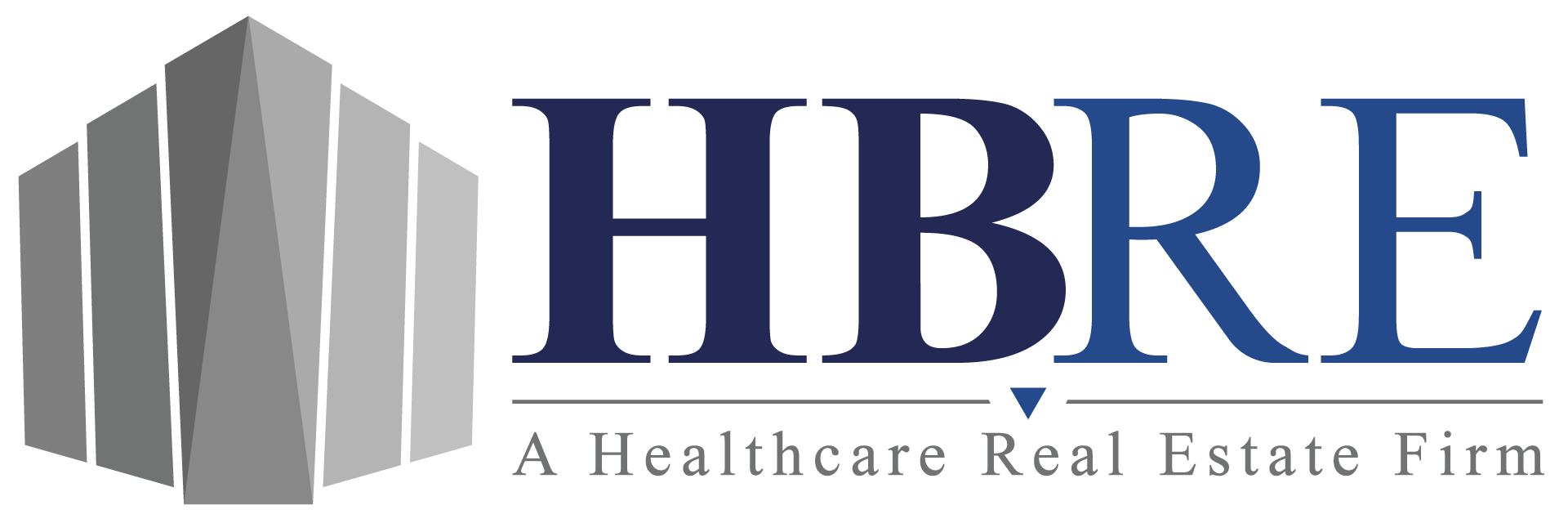In the realm of healthcare real estate investments, understanding and evaluating cap rates is crucial for making informed decisions. Capitalization rates, or cap rates, play a pivotal role in determining the potential return on investment (ROI) and overall value of a medical office building. As a healthcare provider or investor, delving into the intricate world of cap rates can empower you to make strategic choices that align with your financial goals and long-term vision.
- Location, Location, Location
The geographical location of a medical office building is undeniably one of the most influential factors shaping its cap rate. Areas with high demand for medical services, strong population growth, and proximity to major healthcare facilities often command lower cap rates due to increased competition among investors. Conversely, buildings situated in regions with limited healthcare access may offer higher cap rates as compensation for the perceived risk.
Real-Life Scenario: Imagine a bustling urban center where medical services are in high demand. A medical office building located near a renowned hospital and within a densely populated neighborhood will likely attract numerous healthcare providers vying for space. As a result, the cap rate for such a prime location could be relatively lower compared to a building in a less densely populated suburb. - Property Condition and Quality
The physical state of a medical office building can significantly impact its cap rate. Well-maintained properties with modern infrastructure and amenities tend to have lower cap rates because they are perceived as more desirable and less risky investments. Conversely, buildings requiring substantial renovations or updates may have higher cap rates to account for the potential costs and uncertainties involved.
Real-Life Scenario: Consider two medical office buildings in the same neighborhood. Building A has recently undergone renovations, including updated medical equipment, energy-efficient systems, and aesthetically pleasing interiors. Building B, however, requires significant repairs and lacks modern amenities. Investors are likely to assign a lower cap rate to Building A due to its higher quality and lower perceived risk. - Tenant Stability and Lease Terms
The quality of tenants and the terms of their leases play a crucial role in determining a medical office building’s cap rate. Buildings with stable, long-term leases from reputable healthcare providers often command lower cap rates, reflecting a higher level of predictability and reliability. On the other hand, buildings with shorter lease terms or a history of tenant turnover may carry higher cap rates to offset the potential risks.
Real-Life Scenario: Let’s examine two medical office buildings with similar physical attributes. Building X has long-term leases secured with a prominent hospital network and established private practices. Building Y, however, has a mix of short-term leases with various healthcare providers. Investors are likely to assign a lower cap rate to Building X due to its stable and secure tenant base. - Market Demand and Competition
The supply and demand dynamics within a specific market can exert a notable influence on cap rates. In markets where medical office space is scarce and demand is high, cap rates may be driven down. Conversely, in markets with an oversupply of medical office buildings, cap rates could be higher as investors seek a higher return to compensate for increased risk.
Real-Life Scenario: Imagine a suburban area experiencing rapid population growth and a shortage of healthcare facilities. A medical office building in this region could witness strong demand from healthcare providers eager to serve the expanding community. As a result, the cap rate for this building might be lower due to heightened competition among investors. - Economic and Interest Rate Conditions
Economic factors, including prevailing interest rates, can exert a significant impact on cap rates. When interest rates are low, investors may accept lower cap rates since alternative investments may offer less attractive yields. Conversely, rising interest rates could lead to higher cap rates as investors seek a higher return to justify the investment’s risk.
Real-Life Scenario: In a period of historically low interest rates, investors seeking steady income streams may be more willing to accept a lower cap rate for a stable medical office building investment. However, if interest rates start to rise, the same property could experience a higher cap rate as investors recalibrate their return expectations.
Achieving Optimal Cap Rates: A Success Story
Now, let’s consider a compelling real-life scenario of a healthcare provider who meticulously navigated the factors influencing cap rates to achieve exceptional results. Dr. Smith, a visionary medical professional, recognized the potential in a prime urban location. Leveraging his insights, he chose a state-of-the-art medical office building equipped with advanced technology and modern amenities, thereby commanding a competitive cap rate due to the building’s superior quality.
Dr. Smith’s strategic approach didn’t stop there. He forged enduring partnerships with reputable healthcare networks, securing long-term leases that ensured stability and minimized risk. His keen understanding of market demand and careful consideration of economic conditions allowed him to make informed decisions that aligned with his financial goals.
As a result of Dr. Smith’s comprehensive strategy, his medical office building not only achieved a favorable cap rate but also attracted a diverse community of healthcare providers. The building’s reputation as a hub of medical excellence led to sustained demand and high occupancy rates, further enhancing its investment value. Dr. Smith’s foresight and adherence to key cap rate factors culminated in a resounding success that continues to benefit his practice and his financial future.
In conclusion, the intricate world of cap rates in medical office building investments demands careful consideration of location, property quality, tenant stability, market demand, and economic conditions. Navigating these factors effectively requires expertise and insight, and partnering with a healthcare real estate specialist like HBRE can provide the guidance needed to achieve optimal cap rates. Contact HBRE at [email protected] to explore how we can empower you to make informed investment decisions and unlock the potential of your medical office building investment.
Contact HBRE at [email protected] to explore how we can help you optimize your medical office building investments and navigate the nuances of cap rates in the ever-evolving healthcare real estate market.




